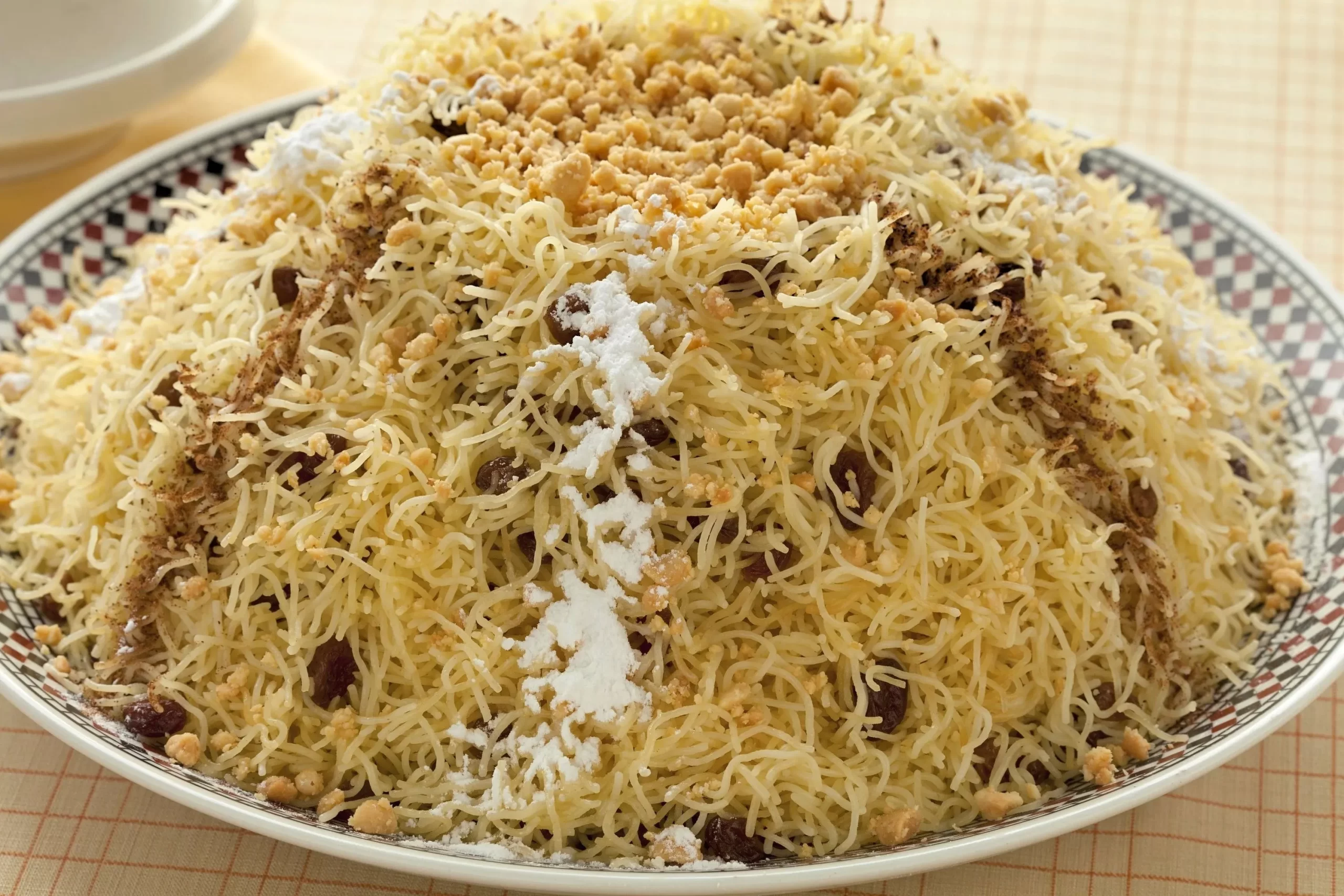
Darija (also spelled Derija) is the colloquial form of Arabic spoken in Morocco, as well as in other parts of North Africa like Algeria and Tunisia. In Morocco, it is specifically referred to as Moroccan Darija. Here’s an overview of what Darija is:
Key Features of Darija:
- Colloquial Arabic:
- Darija is the everyday spoken language in Morocco, used in casual conversations, media, and informal settings. It differs from Modern Standard Arabic (MSA), which is used in formal contexts like news broadcasts, official documents, and education.
- Influences:
- Moroccan Darija is influenced by several languages, reflecting Morocco’s history:
- Classical Arabic: The base of Darija is Arabic, which came with the spread of Islam in the region.
- Amazigh (Berber): Many words and phrases in Darija come from the indigenous Amazigh languages, which are still spoken by Morocco’s Amazigh population.
- French: Due to Morocco’s colonial history, many French words have been incorporated into Darija, especially in urban areas and in contexts like education, business, and administration.
- Spanish: In northern Morocco, particularly in areas near Spain and the former Spanish territories, there are Spanish influences on the language.
- Moroccan Darija is influenced by several languages, reflecting Morocco’s history:
- Pronunciation and Grammar:
- Darija has simplified grammar compared to Classical Arabic, with fewer verb conjugations and less formal sentence structure. Pronunciation also differs, with some sounds unique to the region and some letters pronounced differently than in Classical Arabic.
- Regional Variations:
- Darija varies across different regions of Morocco. The dialect spoken in Casablanca may differ from that spoken in Marrakech or Fes. However, people across Morocco generally understand each other’s dialects.
- Writing:
- While Darija is primarily a spoken language, it is increasingly written in informal contexts, such as on social media, often using Arabic script or the Latin alphabet (with numbers representing sounds that don’t exist in Latin letters, such as “3” for the Arabic letter ع).
Darija vs. Classical Arabic:
- Classical Arabic: The formal language of the Quran and Islamic texts, and it serves as the base for Modern Standard Arabic.
- Modern Standard Arabic (MSA): The formal language used in writing, media, and formal communication throughout the Arab world.
- Darija: The spoken, informal language that differs significantly from MSA, making it challenging for non-native speakers who have learned MSA to fully understand Moroccan Darija without additional practice.
Usage:
- Daily Communication: Darija is used in daily life, including in homes, markets, and casual interactions.
- Media: It is also increasingly used in Moroccan media, particularly in television shows, radio, and advertising.
In summary, Darija is the everyday spoken language of Morocco, rich with influences from various cultures and languages. Although it is based on Arabic, its unique features and vocabulary make it distinct from the more formal Modern Standard Arabic.
Was this helpful?
0 / 0







